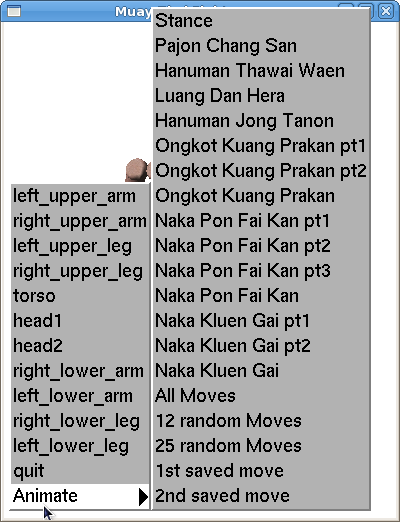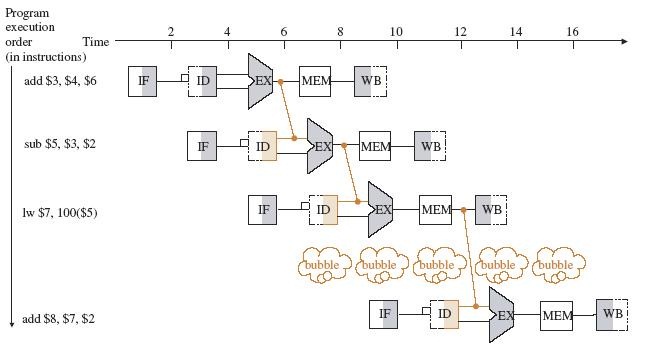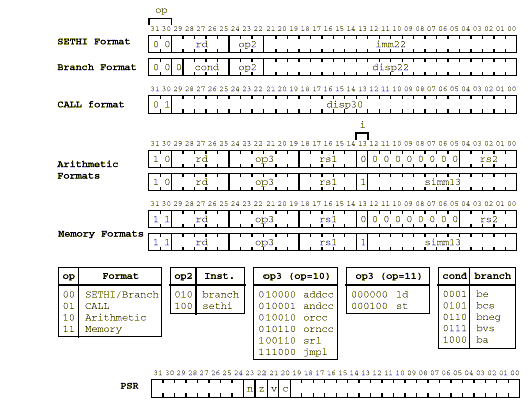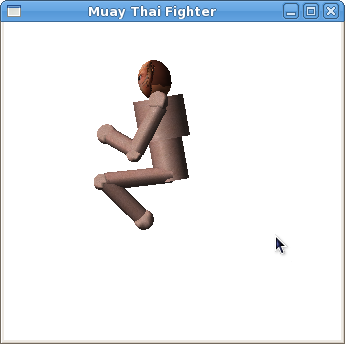Zombs Senior Project
Technologies Used:
- C++
- openGL
- SDL
- MilkShape
Techniques Learned:
- Particle Generation
- View Frustum Culling
- Bounding Box/Sphere Collison
- Background Sound Manipulation
- 3rd Person Camera Angling
- MD2 Model Loading
- Creating Models
- Skinning Models
- Animating Models
- Spacial Data Structures
What I Achieved:
On the management side, I learned how to manage resources, break down tasks and pull the group together. I also adapted to learning on the fly, producing and integrating aspects for constant milestone deadlines, along with learning how to best manage a group of peers and make their individual skills produce the most for the Senior Project.
In developing I learned some interesting pitfalls of different model formats, finding out what different ones can and can't do. I learned the basics in particle generation, alpha blending, inheritance, creating collision detection of different objects, creating interactions between models, coming up with a cohesive gameplay and storyline. We also worked out ways to optimize game frame rate with spacial data structures and view frustum culling.
Intro to Graphics Final Project (using C++ and openGL)
Technologies Used:
- C++
- openGL
- Linux Console
Techniques Learned:
- Heirarchical Structures
- Movement Interpoliation
- Camera Angling Basics
- Lighting Basics
- Skinning Generic Objects
- Menus

What I Achieved:
The final project in my Intro to Graphics class was open ended, so I decided to create a simple tutorial that would demo Muay Thai moves. First I created a hierarchical model of a person out of basic shapes. I then created controls for the angling of all the joints on the figure. Next I used a Muay Thai tutorial to help set the position (or sequence of positions) needed to demonstrate each move. I later created the interpolation between postions to show what they would look like in motion and combined with other moves.
I also dabbled with trying to skin the model, but because
most my time was spent creating an application out of the
project the end result of the skinning did not turn out how
I wanted. In the end I am proud of the all the functionality
I was able to build into the project with just an introduction
to these graphical technologies.

Union Card Game (Software Engineering Project In Java)
Technologies Used:
- Java
- J-Unit Testing
- NetBeans IDE
- Perforce Repository
Techniques Learned:
- Software Life-Cycle
- Full Documentation
- Testing Techniques
- Repository Management
- Management Styles
- Software Methodologies
- UML Diagraming
- Management Diamond
- Project Scheduling
- Group Integration
What I Achieved:
This was my first Software Engineering project, which lasted 2 quarters (20 weeks).
The focus of the class was on the software life cycle, documentation, testing and
integration. Teams were given a simple card game to implement and every team member
was assigned a roll to assume such as PM, QA, Analyist etc. I was the Project Manager
of a group of 5. I learned the advantages and pitfalls of different software methodologies,
along with different management styles and how to help create the best group dynamic.
We used a wiki to keep an up-to-date SRS doc with the specs of the project. We also had a
due date schedule set for the quarter, with a ticketing system and a repository we accessed using the IDE Netbeans.
Simon Says (Computer Engineering Project In Sparc)


Technologies Used:
- VHDL
- sparc
- Nexyus2 board
Techniques Learned:
- Assembly Lang. Prog.
- Processor Architecture
- Proc. Instr. Pipe-line
- Register Management
- Bit Manipulation
- Bit Logic
What I Achieved:
In the beginning of my Computer Design and Assembly Lang. Programming class we went over program execution order for processors and how instructions are broken down and executed. We later modeled a processor using VHDL and then learned to code on a nexys 2 board using assembly language (sparc).
After learning sparc for 2 weeks we were given the assignment of coding a simple game using a graphical display driver our professor wrote. Over the next 2 weeks we sucessfully coded the logic for the graphical interface, as well as the (simple) game logic, conforming to the 15 available registers without spilling into ld and st memory.








 « Prev
« Prev
 Next »
Next »
 « Previous
« Previous Project Video
Project Video